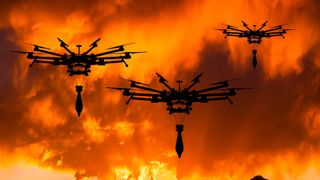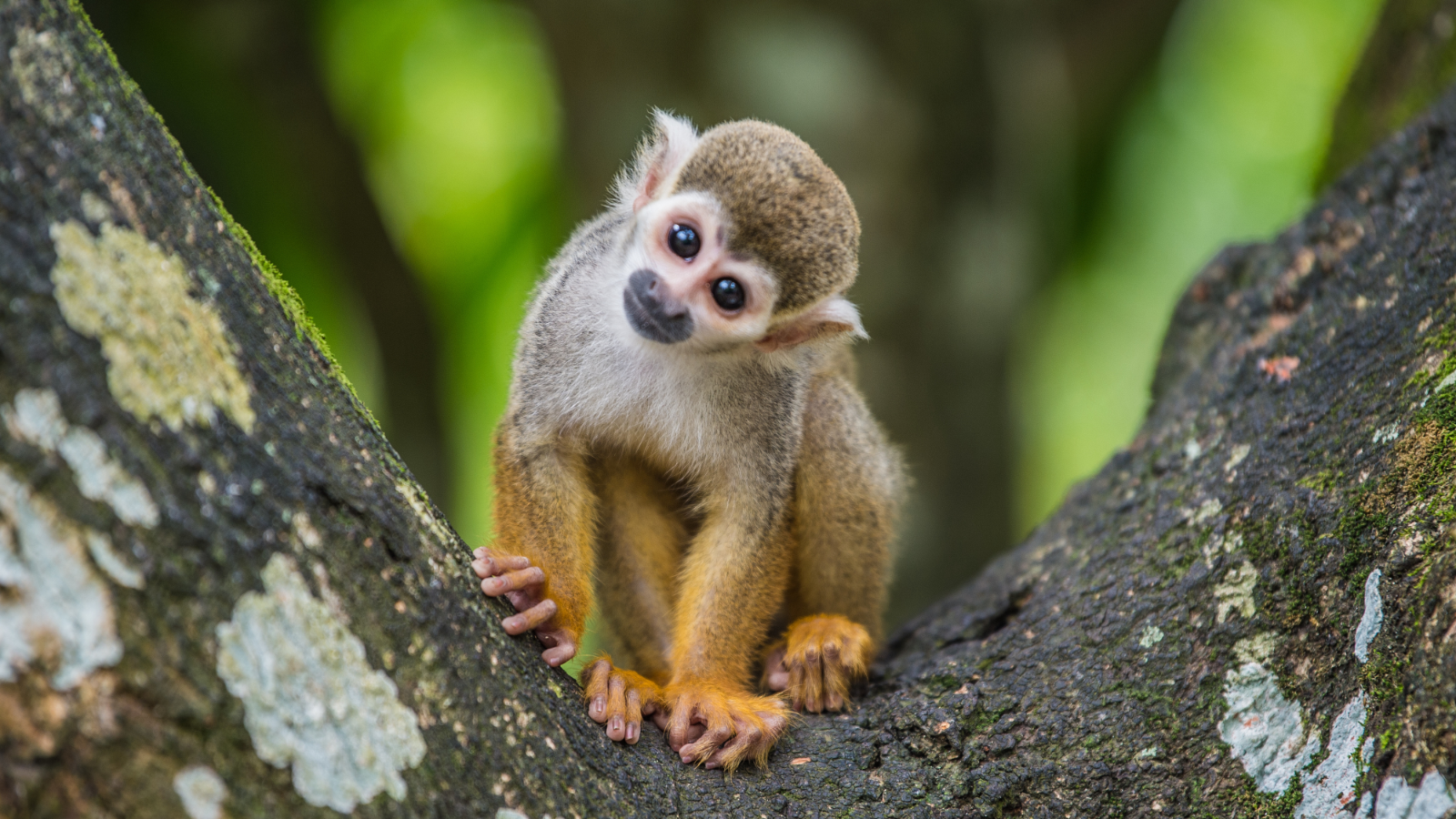Drones
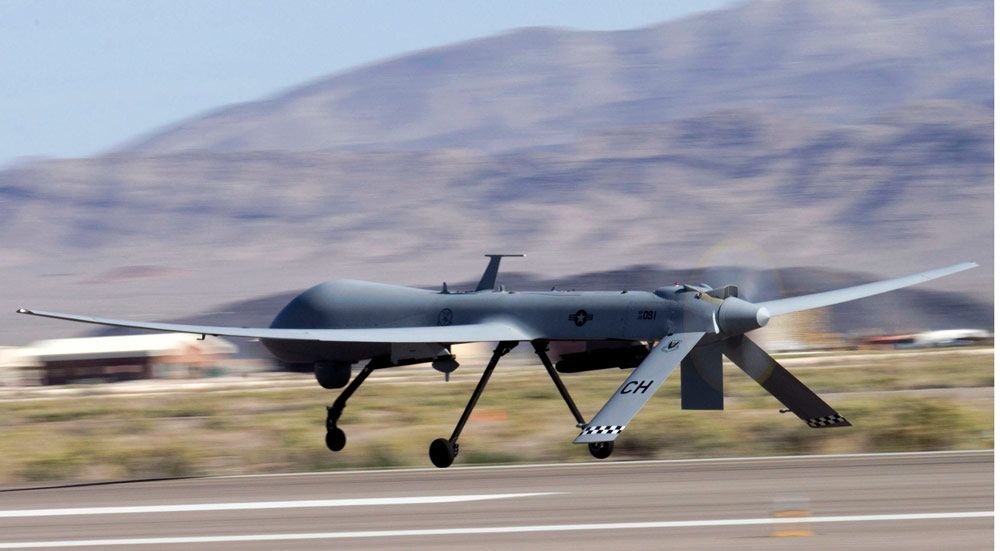
Drones, also called unmanned aerial vehicles (UAVs), have no human pilot onboard, and instead are either controlled by a person on the ground or autonomously via a computer program. These stealth craft are becoming increasingly popular, not just for war and military purposes, but also for everything from wildlife and atmospheric research to disaster relief and sports photography. Drones are becoming the eyes and ears of scientists by surveying the ground for archaeological sites, signs of illegal hunting and crop damage, and even zipping inside hurricanes to study the wild storms. You can even rent a personal drone to soar above the horizon and snap a photo or video. Our news and features will cover developments in drone technologies, innovative uses for drones and how drone use will impact society.
Latest about drones
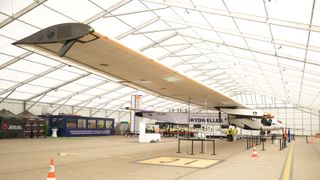
Meet Skydweller: A solar-powered drone that can fly for 90 days straight — it's wider and 160 times lighter than a Boeing 747
By Peter Ray Allison published
Skydweller is a solar-powered drone that can fly for up to three months without landing, with researchers hoping to one day achieve much longer flight times.
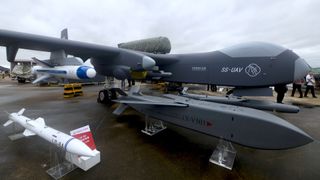
China has developed the largest drone carrier in the world — and it's getting ready for takeoff
By Damien Pine published
The world’s largest drone "mothership" is getting ready for deployment in June. It’s designed to carry and launch up to 100 drones in a swarm, including kamikaze drones.
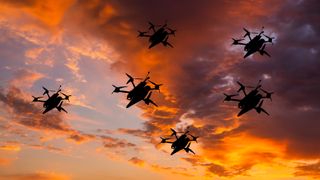
US Air Force wants to develop smarter mini-drones powered by brain-inspired AI chips
By Peter Ray Allison published
Plans are underway to create new AI-powered drones that can fly for much longer than current designs.
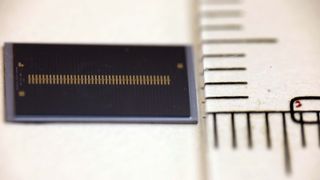
New 'microcomb' chip brings us closer to super accurate, fingertip-sized atomic clocks
By Owen Hughes published
Breakthrough could pave the way for next-generation GPS in drones, smartphones and self-driving cars, scientists say.

17 weird, wonderful and terrifying robots we saw at CES 2025 — from a humanlike android companion to a robotic mixologist
By Keumars Afifi-Sabet last updated
From a Star Wars-style droid for your home to a Pixar-inspired lamp bot, these are the most interesting and innovative robots we've seen so far at CES.
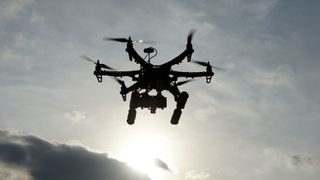
'Drones' swarm New Jersey and New York. How close are we to learning what these UAPs actually are?
By Lee Billings published
Reports of unidentified flying objects in the northeast U.S. are on the rise, but so far officials have few answers for alarmed residents.
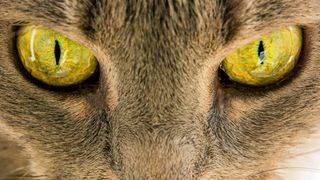
Drones could use 'robotic cat's eyes' to track targets more precisely than ever before
By Keumars Afifi-Sabet published
A new computer vision system inspired by the design of a feline eye could give future drones and other military robots the ability to track targets in low-visibility and dynamic environments.
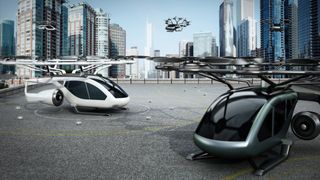
32 sci-fi technology predictions that came true
By Roland Moore-Colyer published
From flying cars and railguns to smartphones and jetpacks — what was once sci-fi can now be found in the real world.

3 scary breakthroughs AI will make in 2024
By Keumars Afifi-Sabet published
Although 2023 was a game-changing year for artificial intelligence, it was only the beginning, with 2024 set to usher in a host of scary advancements that may include artificial general intelligence and even more realistic deepfakes.
Get the world’s most fascinating discoveries delivered straight to your inbox.


